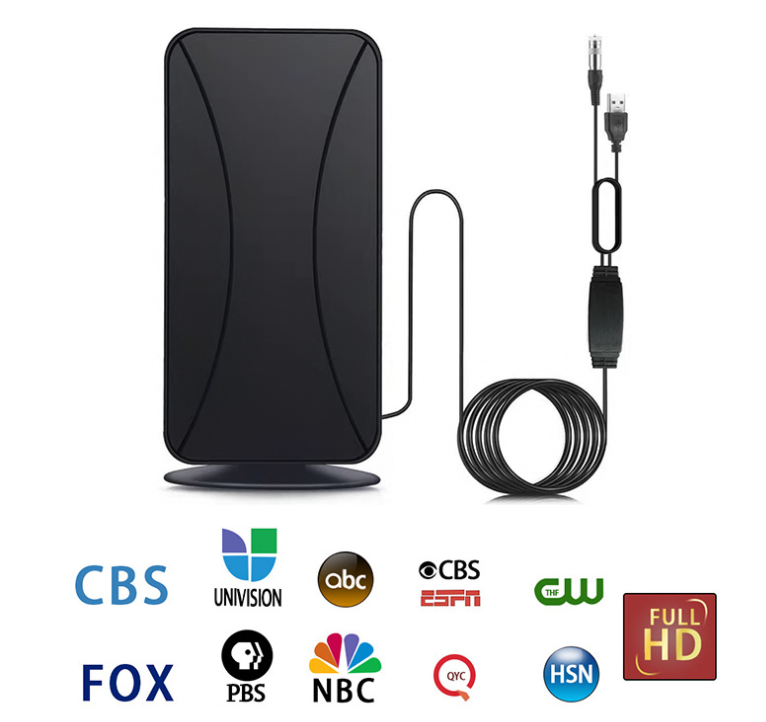TV wireless network antenna
Introduction
In today's fast-paced world, everything is going wireless, and television is no different. Television no longer requires wires to transmit signals as it can operate over wireless networks. A television wireless network antenna is a device that transmits television signals wirelessly over a network. This wireless technology is an excellent alternative to traditional cables as it overcomes many of the disadvantages associated with cables. This article analyzes the use of television wireless network antennas.

Wireless Networks
A wireless network is a type of computer network that allows devices to communicate with each other without the use of cables. Instead, these networks use radio waves to transmit data between devices. Most common wireless networks include Wi-Fi, Bluetooth, Zigbee, and cellular networks.
Television Wireless Network Antennas
A television wireless network antenna allows for the transmission of television signals over a network. Typically, the device connects the television to a wireless network, allowing users to stream content from various platforms without needing a cable connection.
Television wireless network antennas work by converting the television signal to a wireless signal, which is then transmitted over a wireless network. The antenna sends the wireless signal to a receiver, which is connected to the television. The receiver converts the wireless signal back into a television signal, and this signal is then displayed on the television.
Advantages of Television Wireless Network Antennas
The use of television wireless network antennas has many advantages. Firstly, it eliminates the need for long cables, which can be costly and time-consuming to install. Secondly, the use of wireless networks adds flexibility to the system, allowing users to move the television around the house, without worrying about cable limitations.
Television wireless network antennas also make it easier for users to view content from various streaming platforms such as Netflix, Hulu, or Amazon Prime Video. This is because the antennae can connect to these platforms wirelessly, and users can easily access the streaming service with ease, without needing any additional infrastructure.
In addition, the use of wireless networks also allows for faster and more reliable data transfer rates, which makes viewing content over the network smoother and more efficient. Also, wireless networks typically have wider coverage, allowing users to view their favorite shows and movies from anywhere in their homes.
Disadvantages of Television Wireless Network Antennas
While the use of television wireless network antennas has many advantages, there are also some disadvantages associated with them. Firstly, the cost of a wireless network antenna can be high. Also, installation and setup of the antennae can be difficult, and users may need professional help to install them.
Another disadvantage is that wireless signals are prone to interference. This interference can cause the loss of the television signal, leading to bad picture quality or even complete signal loss.
Conclusion
In summary, the use of television wireless network antennas is a great alternative to traditional cables. They are more flexible and allow for faster and more efficient data transfer. However, there are also disadvantages associated with these devices such as cost, installation, and interference. In conclusion, the use of television wireless network antennas is a beneficial technology that can enhance the viewing experience for users.





